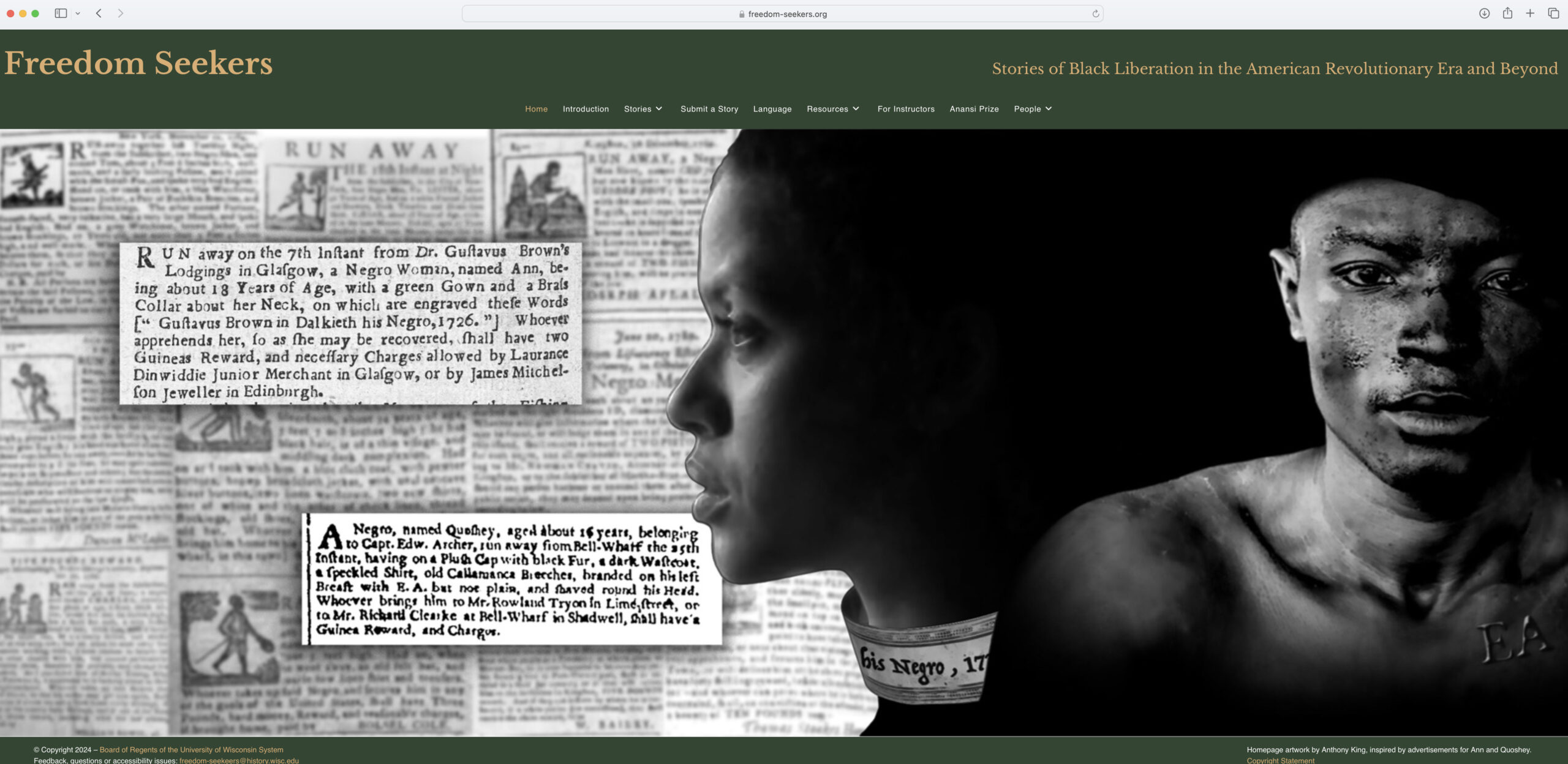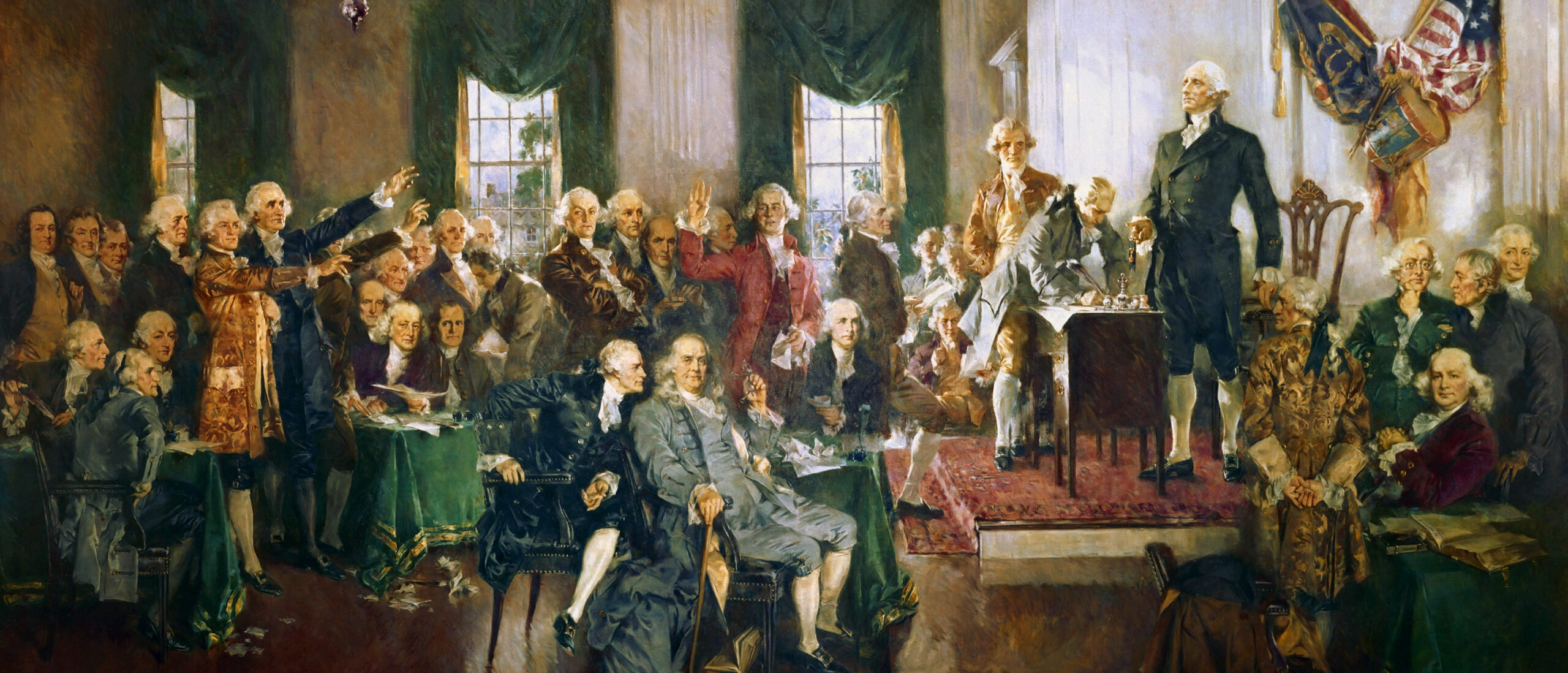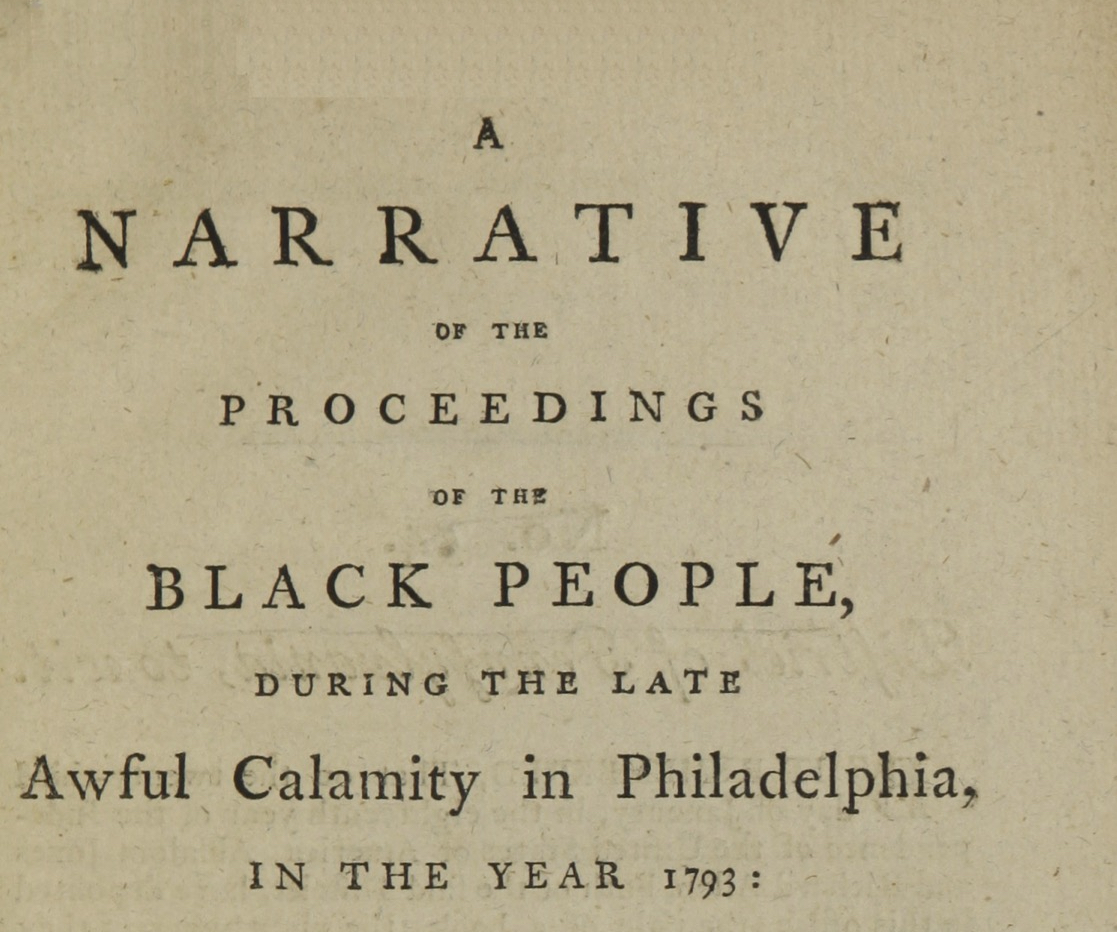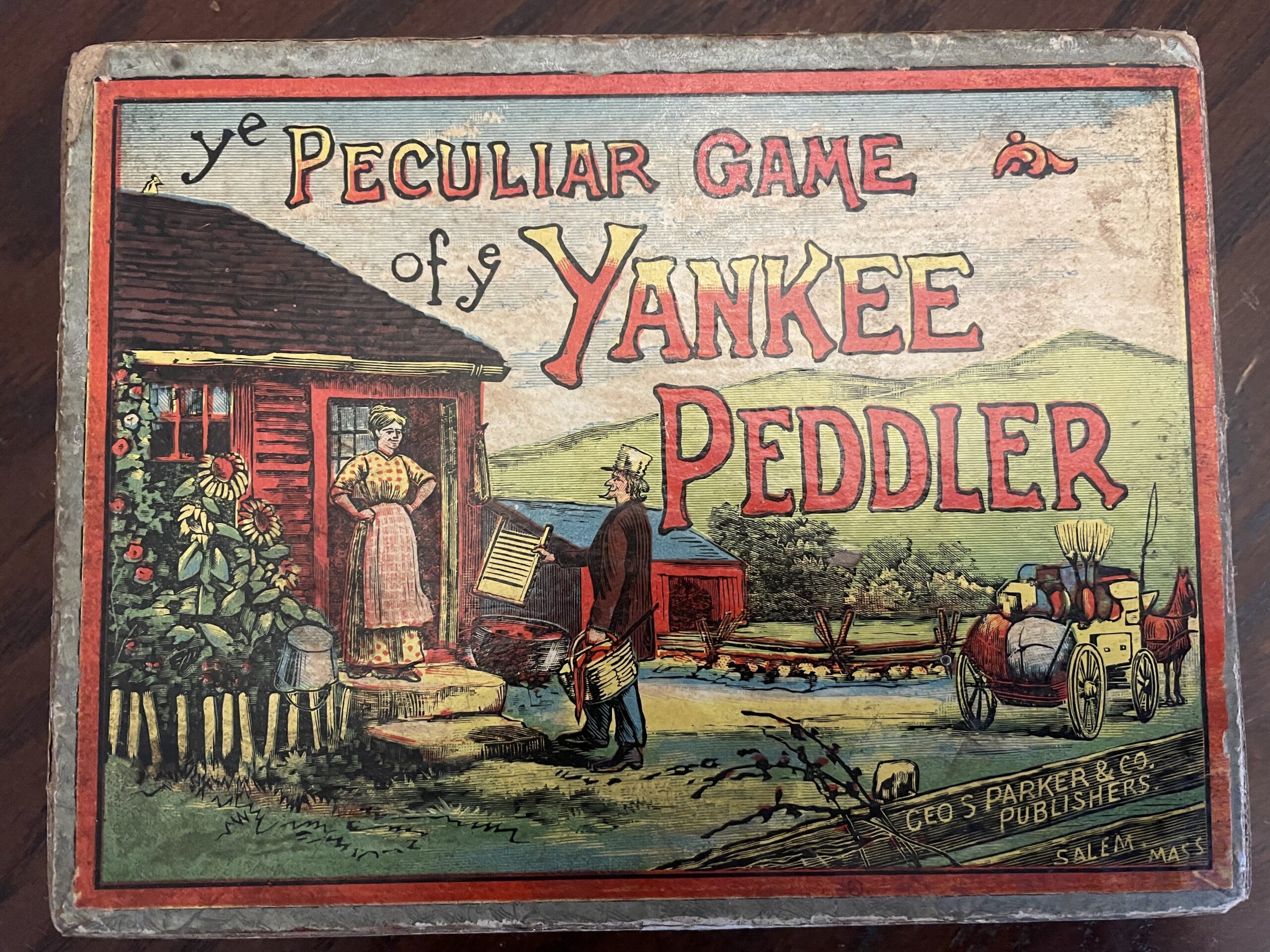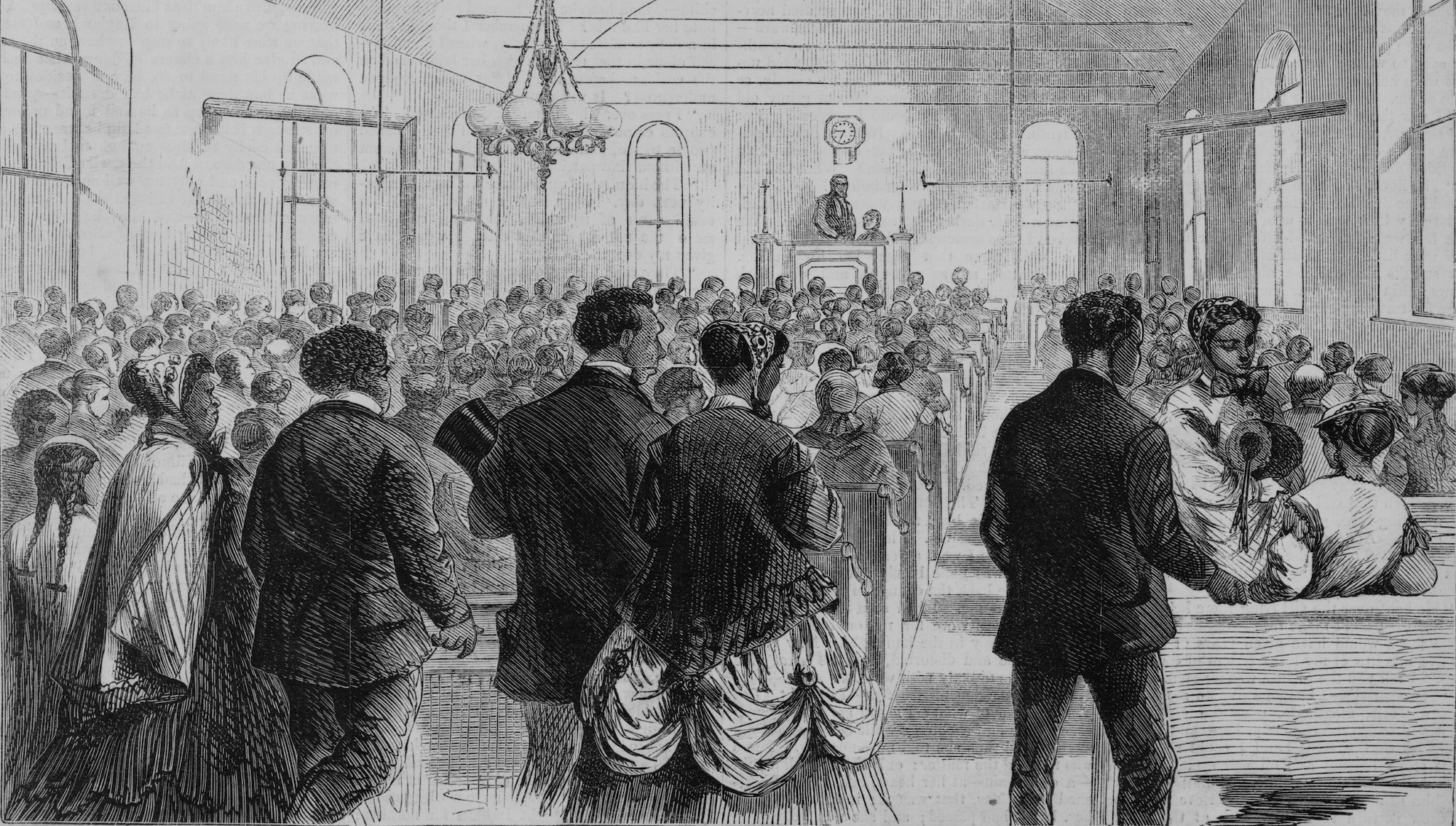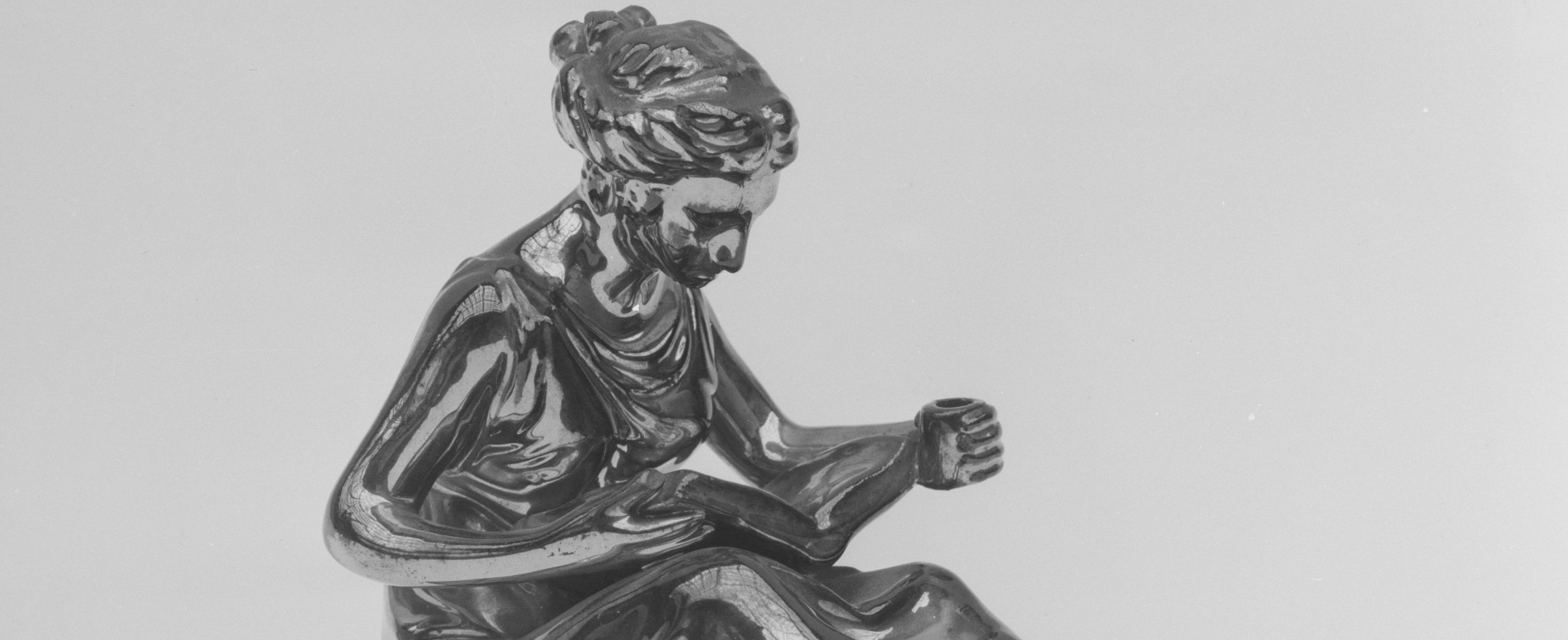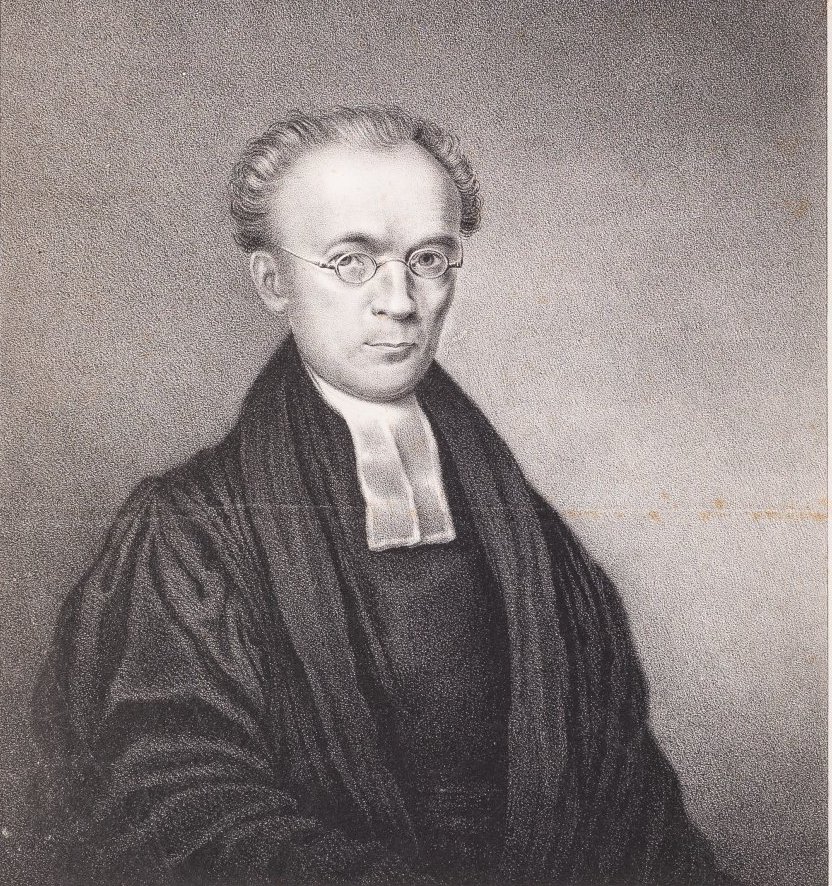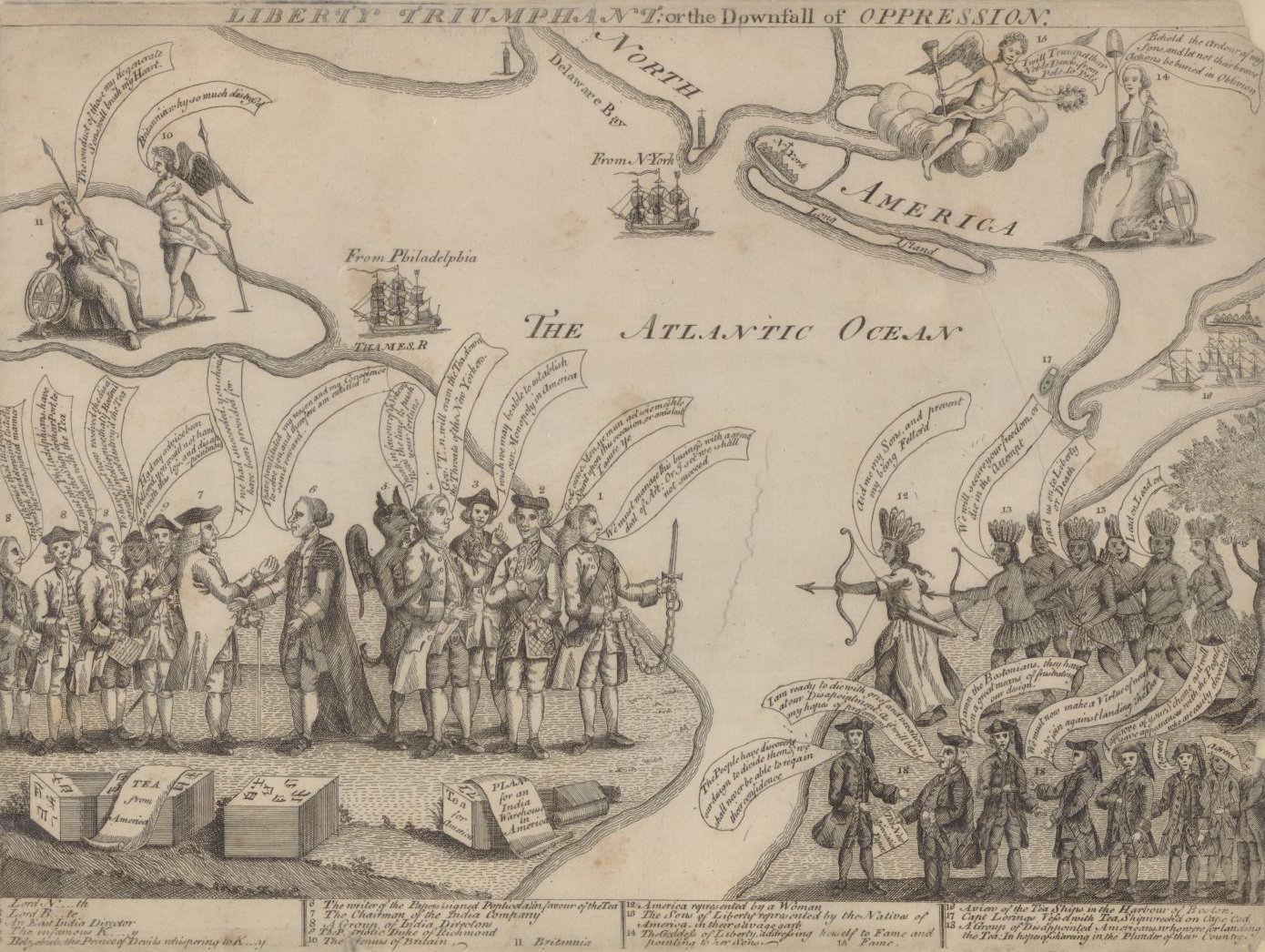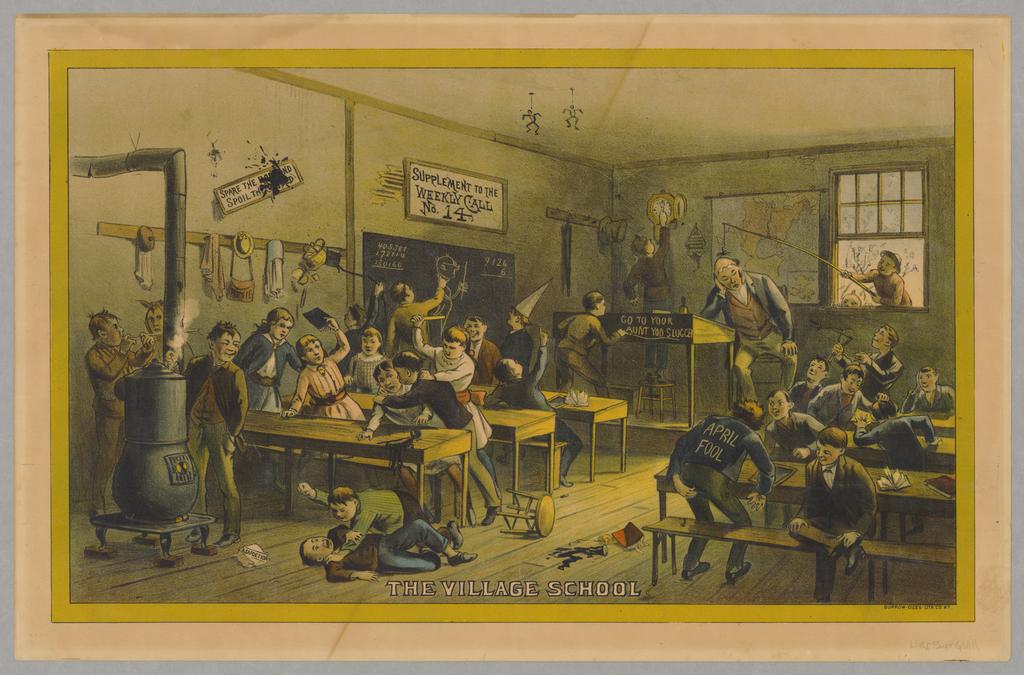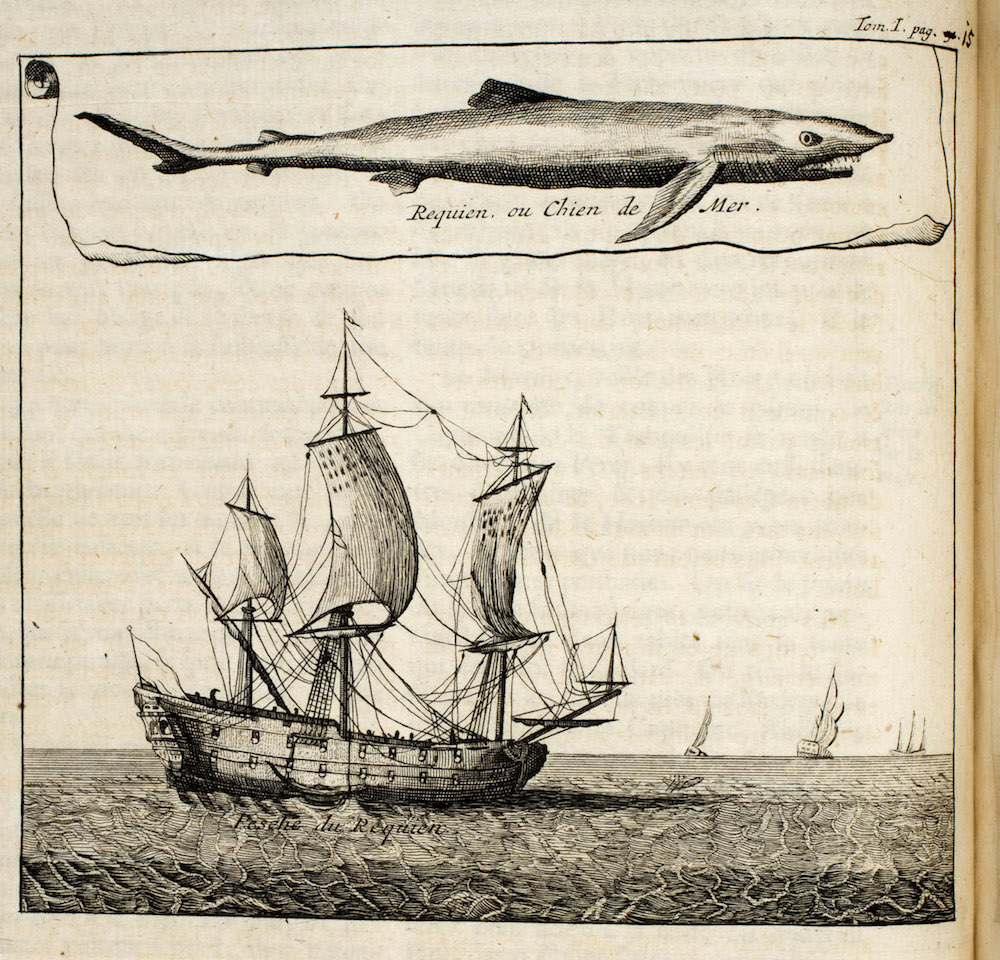One of the frustrations, but also one of the delights, of early American and Atlantic world history is that the fields are so elastically defined. When do they begin? When do they end? What regions and civilizations do they encompass? With a little imagination, all sorts of unlikely topics and peoples can be shoehorned into the rubric of early American history. In this essay, I argue that the Vikings—Scandinavian adventurers who expanded, as far east as the Ukraine and as far west as Greenland and coastal Newfoundland, between the eighth and eleventh centuries C.E.—deserve a more prominent place in early American history than they have yet garnered.
I argue this not because the story of Europe’s expansion throughout the Atlantic Ocean and into the Americas began, in any substantial and lasting way, with the Vikings. The Viking settlements in Greenland were longer lived than scholars once believed; founded around the year 1000, they lasted at least 500 years. Nor were they quite so marginal as scholars once assumed; Greenlanders kept up with European fashions until at least the early fifteenth century, and some historians, notably Kirsten Seaver, speculate that far from succumbing to environmental catastrophe, the most able-bodied Greenland settlers were lured away to work in the burgeoning cod industry or possibly even to settle somewhere on the mainland. But still, the Greenland settlements were always small, with a peak population of only 5,000 to 6,000, and geographically confined. Their impact was negligible compared to that of the massive enterprise that began in 1492.
Why introduce students of early American history to the Vikings, then? Because the Viking settlements in Greenland make an excellent case study, in miniature, of how colonization projects begin, how they keep going, and why they might fail. In my Atlantic World course, I begin with a week of lectures on late medieval and Renaissance Europe and then wrap up the preliminary unit with two “prequels” to European colonization: the Norman/English conquest of Ireland, spanning from 1169 to the seventeenth century, and the Viking colonization of Iceland and Greenland. For the first topic, I follow Nicholas Canny’s classic article “The Ideology of English Colonization: From Ireland to America,” published in The William & Mary Quarterly in 1973. The students readily grasp Canny’s argument that English colonizers’ remarks about Native Americans echoed their derogatory remarks about the Irish; if anything, this idea works even better in a course in which one is teaching Spanish as well as English colonization, because early Spanish colonizers’ estimate of Native Americans’ level of civilization so obviously mingled considerations of race, class, and religion. Yet it is always the curious, still shadowy model of Viking colonization that excites the students most.
My students marvel, simultaneously, at how much we know about the Viking settlements in Greenland and how much we don’t. Histories of Viking expansion depend heavily on historical archeology, and sometimes on analogies to what was happening among similar populations in the more remote regions of Scandinavia at the same time. Addressing the Viking settlements in Greenland at the outset of an early American history course can awaken students to the role that archeological research plays in historical scholarship. This, in turn, may make them more open to considering archeological evidence from the sixteenth, seventeenth, and eighteenth centuries—not as a last resort but as an integral element in the historian’s toolkit. This is a useful methodological discussion to have at the beginning of a history course; I find it useful, too, to impress on students as early as possible that there are limits to our knowledge and there are some things about the history of the Atlantic world that we just don’t know.
But although the story of Viking Greenland is incompletely known to us, it is nonetheless provocative. One of the basic questions it raises for students is, why colonize at all? The Vikings were not impelled by the religious fervor and geopolitical competition that propelled later European colonizers across the Atlantic; instead, the story of the Viking expansion toward North America highlights the roles of individual enterprise, adventure seeking, and contingency in colonization. It was apparently banishment, on a murder or manslaughter charge, that propelled Erik the Red westward; what, other than a need for timber, propelled Erik’s sons to the coast of Newfoundland is even less certain. It is a little astonishing to realize that it was apparently the luxury trade in falcons, walrus ivory, and furs that kept Norse settlers in Greenland for five centuries. But this may be a useful corrective—we are so prone to focus on early modern colonization as national policy that we forget how ad hoc much of it was, especially in the first few generations, and how autonomous the leaders of early colonial ventures, in an era of tenuous communication, perforce had to be. Discussing Viking colonization as a precursor to sixteenth- and seventeenth-century colonizations opens students up to understanding the tenuousness of many of the early modern ventures.
Another basic question that studying the Viking colonization of Greenland raises for students is what the “success” or “failure” of a colonial enterprise actually means. We call the Viking settlements a failure because they eventually disappeared—but they lasted 500 years, and for much of that time the colonists enjoyed, by medieval standards, a very comfortable living. Would the colonists themselves, at any point before the fifteenth century, have deemed their settlements to be failures? What we seem to mean, when we call the Greenland settlements a failure, is that they did not become permanent—probably due to their small scale and the parent power’s waning interest in them. And that, in turn, illuminates what colonial powers had to do to ensure the survival of their overseas ventures: establishing a colony was not the same as keeping one.
Scholarship on the Viking settlements in Greenland, such as Kirsten Seaver’s The Frozen Echo: Greenland and the Exploration of North America, ca. A.D. 1000-1500 (1996), emphasizes the ways in which the Greenland settlements became to some extent the beneficiaries, but chiefly the victims, of shifting political dynamics in medieval Scandinavia. Greenland was from the outset a colony of a colony—an offshoot of the Viking settlement in Iceland, itself established only in the late ninth century. Much of Greenland’s trade was with, or at any rate through, Iceland, and most of its settlers came from there and had family ties there. Communication with the mother country, Norway, tended to be slow and faltering, and Norwegian authority was tenuous. In fact, the Greenland settlements, which started as an entrepreneurial venture, were at first essentially independent; the settlers formally accepted the overlordship of the Norwegian monarchy only in 1261. Around 1325, the Greenlanders stopped paying their taxes; once taken as evidence of poverty, this shift has now been reinterpreted as a sign that the Greenlanders did not feel they were getting value for their money from the Norwegian government. After Norway was absorbed into the Danish monarchy in 1380, Greenland seems to have been all but forgotten by its putative rulers. While there is no need to cover this material in depth, sharing the basic sequence of events with students sensitizes them to why they need, in an Atlantic world or early American history course, to pay close attention to shifting political dynamics back in Europe: a colonial power’s loss of independence—such as, for example, Portugal’s loss of independence in the Iberian Union of 1580—might spell neglect for its overseas colonies, and very weak communications links, such as those between Madrid and Lima in the sixteenth century, might foster exceptionally (from the mother country’s point of view, problematically) independent colonies.
If the Greenlanders’ story highlights the problems of weak or neglectful mother countries, it also highlights the cosmopolitan nature of many colonial enterprises and the failure, right from the beginning, of many of the restrictions on trade that mother countries tried to impose. In theory, the Norwegian monarchy had a monopoly on European trade with Greenland; in practice, the distances involved and the fragility of Norwegian authority made this hard to enforce. When Norwegian kings neglected to send ships to Greenland, Icelandic merchants sailed illegally—and Scottish and English merchants were sufficiently interested in and knowledgeable about the colony that they sometimes let their ships stray to the coast of Greenland “accidentally.” Indeed, there may have been more northern European trade with Greenland than we know of in the fourteenth and fifteenth centuries; unauthorized traders had good reasons for letting their voyages go undocumented. According to Seaver, Norse Greenland’s last trading partners, in the mid-fifteenth century, seem to have been British rather than Icelandic. Apparently, colonial commerce took on a life of its own, complex and secretive, long before the golden age of piracy erupted in the Caribbean.
Even as the story of the Norse colonization of Greenland raises questions about how colonization works in the abstract, it can also point students toward considering the differences between the medieval Viking colonization of Greenland and the early modern European colonial ventures in North and South America. This discussion may yield some false starts before it yields telling ones. Navigation, mapmaking, and literacy rates certainly improved between the tenth century and the end of the fifteenth, but not, perhaps, enough to make much difference, given the distances involved. Nor was the scale of the later settlements—at first—much different from that of the earlier ones; students may need to be reminded that Columbus sailed with a crew of about ninety men and Pizarro toppled the Inca Empire with a force of about 200. These expeditions were more overtly military than the Vikings’ expeditions were; still, the Vikings appear more far-sighted in bringing with them wives and children and the wherewithal to found permanent settlements.
A more significant change lay in the nature of the colonists’ home governments and in European rulers’ clearer motives for colonizing and greater commitment to being involved in the process. The Viking settlements were essentially freelance ventures; the settlers’ motives are hard to discern, and the home governments seem barely to have been aware that their nominal subjects were engaged in settling remote outposts of the known world. Most of the sixteenth- and seventeenth-century settlements were also entrepreneurial, under the aegis of individual proprietors, joint-stock companies, adelantados, or donatarios, but the home governments licensed their existence and supervised them—if remotely—with a keen eye to their future uses. It is hard to imagine an early modern European state allowing an overseas settlement as long-lived as the medieval Greenlandic settlements to fade away.
Another huge difference between the medieval Viking colonization of the north Atlantic and the European colonization of America in the sixteenth and seventeenth centuries is that the Vikings settled only in uninhabited places, such as Iceland, and very sparsely inhabited places, such as Greenland. Certainly, the Viking settlers had some contact with the people who already lived in Greenland and Newfoundland—some conflict, and probably some commercial contact too—but for the most part, for better or for worse, they were on their own in these new lands. They wrought no demographic catastrophe; they benefited from no indigenous labor; they conceived no hybrid race. Did this affect the viability—or at least the value—of the Viking settlements in the long run? If the Vikings had made sustained contact with a previously unknown people, would either their home government or their commercial partners have allowed the Greenland settlements to wither?
Medieval Europe was not Renaissance Europe; the Vikings were neither Puritans, buccaneers, nor conquistadores; and in the end, any comparison of this type must be somewhat impressionistic. Yet I have found it to be an enormously provocative comparison to propose at the outset of an Atlantic world history course, and well worth the investment of a teaching day or two. The Greenland settlements may have been, on some level, a failure—by virtue of their small size and slender impact, even in the centuries before they disappeared—but the Greenland settlers were also in some respects prescient. Their story suggests that the European colonization of America could very easily have happened earlier, but did not happen until an era arrived in which such colonization would be valued and sustained by societies and governments at home.
Further Reading
Kirsten Seaver’s The Frozen Echo: Greenland and the Exploration of North America, ca. A.D. 1000-1500 (Stanford, 1996) is the ideal place to begin learning about the Viking settlements in Greenland. Her briefer book The Last Vikings: The Epic Story of the Great Norse Voyages (London, 2010) updates and extends the analysis. For a concise, authoritative overview of the Vikings, see Anders Winroth, The Age of the Vikings (Princeton, 2014); for a chattier, more personal take on the subject, see archeologist Neil Oliver’s The Vikings: A New History (New York, 2014).
Viking expansion is best understood within the larger context of early medieval Europe. Happily, Dark Ages scholarship is in the midst of a Renaissance. Chris Wickham, The Inheritance of Rome: Illuminating the Dark Ages, 400-1000 (New York, 2009) offers a detailed introduction to the period. Anders Winroth, The Conversion of Scandinavia: Vikings, Merchants, and Missionaries in the Remaking of Northern Europe (New Haven, 2012), which examines the political and religious context of the Vikings’ mother countries, is a thought-provoking read for early Americanists who wish to use the Vikings as an early example of how colonization projects interacted with political, social, and religious change on the home front.
Many of the famous Norse travel sagas are available online, in English translation, in the Icelandic Saga Database, maintained by Sveinbjörn Þórðarson. The site is sufficiently easy to navigate that a student of mine was able to use it as the basis for a research paper.
This article originally appeared in issue 16.3 (Summer, 2016).
Darcy R. Fryer teaches history at the Brearley School and edits the Common School column.





